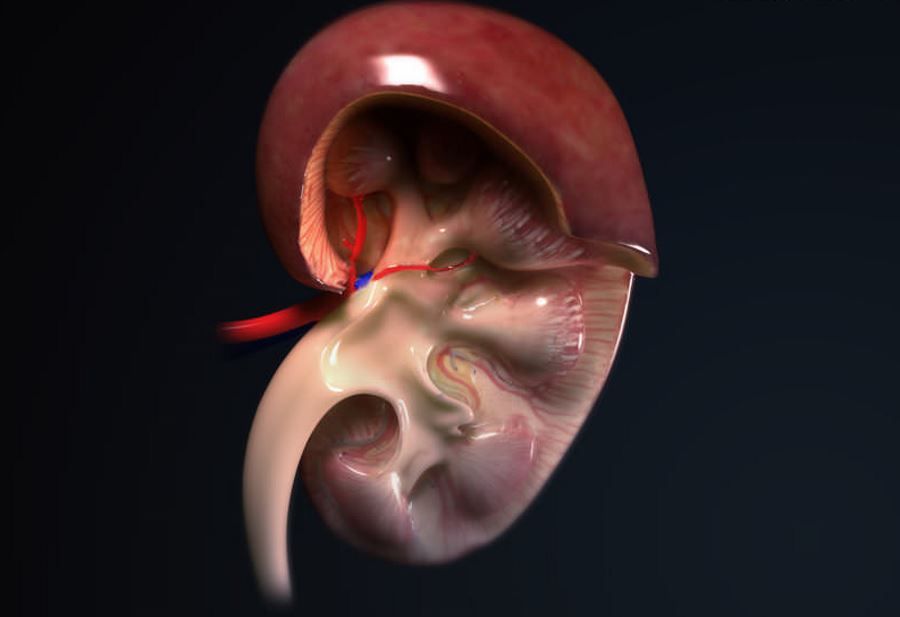Unique settlements of Scythian peoples from about. 2.5 thousand. years
An agglomeration of a dozen or so sediments from before the ok. 2.5 thousand. years clustered around the stronghold were discovered by Rzeszow archaeologists in the Subcarpathian region. The settlements belonged to people associated with the Scythian cultural circle. This is the westernmost remains of this type in Europe.
Researchers from the University of Rzeszow have come across the remains of a fortified settlement near Chotyniec in Jaroslaw district. Although, as they assessed, the fortified settlement was not preserved in the best condition, it was possible to establish that more than 2.5 thousand. years ago it was powerful – in its central point there was an extensive fortress protected by a high rampart. The width of the embankment, preserved to this day, is 30-40 m, and the height reaches 3.5 m above the surrounding terrain. The remaining part was destroyed by plowing and road construction. Nevertheless, archaeologists managed to observe its course on the basis of m.in. of a different color in the ground, which is especially evident in photos taken from a bird’s eye view.
According to archaeologistsow discovery has a European dimension – is the westernmostod cluster of settlements of a community associated with the Scythian cultural circle.
According to the head of the research, Prof. Sylwester Czopek of the Institute of Archaeology at the University of Rzeszow, many indications suggest that the agglomeration was inhabited by the Neur peopleow, mentioned by "father of history" Herodotus in the fifth century. p.n.e. The community was related to the nomadic Scythian peopleow – they themselves were also nomads. – Herodotus mentions Neurow as alliedoin Scythiaow, but mowi that they had Scythian customs,” he explained in an interview with PAP prof. Czopek.
He added that the discoveries made in the Chotyniec area bring a very significant correction to the hitherto established picture of the zrocultural-ethnic differentiation in this part of Europe.
This is because until now the settlements and fortresses belonging to this community were known from the area of the middle Dniester and Dnieper rivers. According to the scientist, it is certain that the traces discovered by his teamo³ traces prove that more than 2.5 thousand. years ago, a foreign population from the east flowed into the area of present-day southeastern Poland.
Prof. Czopek noted that there is no certainty that the stronghold was permanently inhabited, such as the. Biskupin settlement (ktora existed at the same time in what is now Greater Poland). The scientist is inclined to believe that it was in operation within "of a different model". Thus, it was not inhabited continuously, but the population sought shelter behind its powerful ramparts in case of unrestow or performed cult-related functions. On a daily basis, life flourished in the settlements surrounding the grod – presumes the scientist.
During the excavations, archaeologists have uncovered many monuments of theow of the early Iron Age, i.e. the 9th/Vth-Vth century p.n.e. In their opinion, they testify that it was made by a population thatora flowed into the area from the east. Amongod of them are glass beads, equestrian equipment in the form of iron rods, distinctive ceramic vessels or militariow. The discovered relics clearly roThey differ from those found in other areas of present-day Poland. There are also a lot of horse bones, ktore played in the midst ofod of nomadic peoples in particularoa different role,” the researchers noted.
In the coming weeks, archaeologists intend to conduct excavations inside the fortress, where they believe they have traced the zolnik, a cult and ritual site typical of Scythian fortresses. Researchers hope to discover a large number of ceramic vessels and animal bones there.


